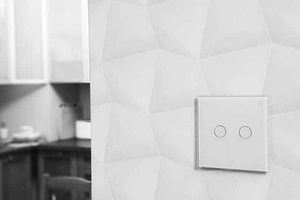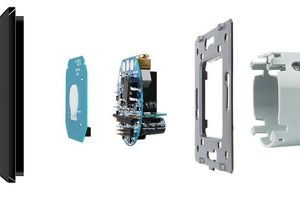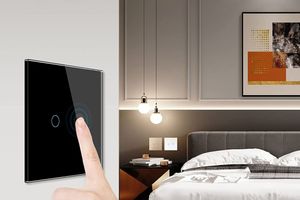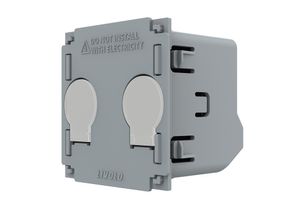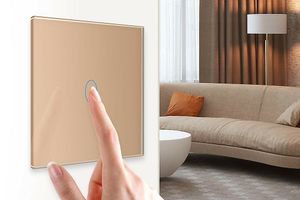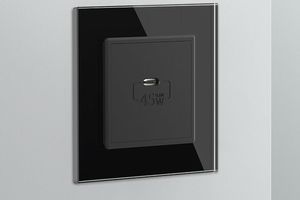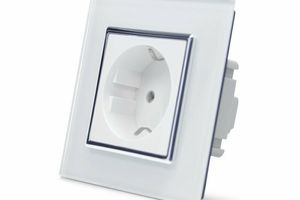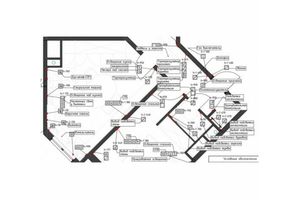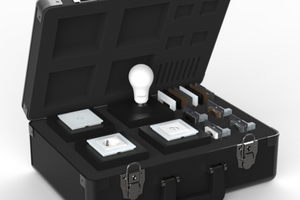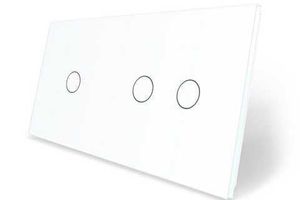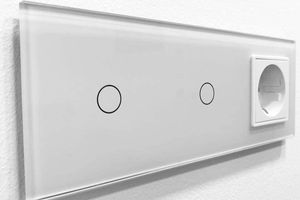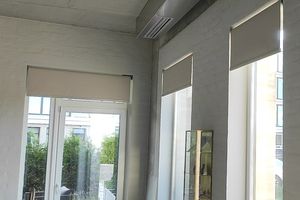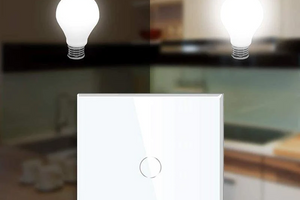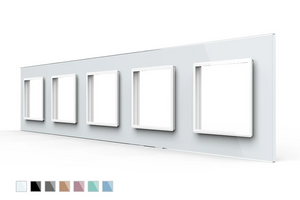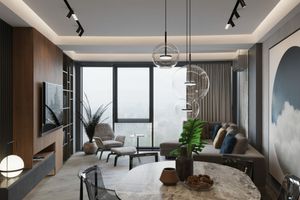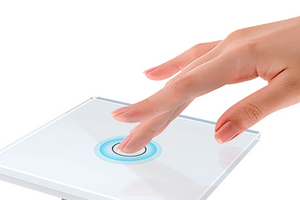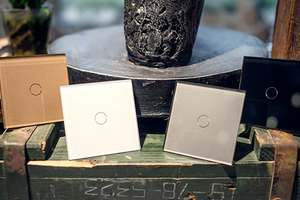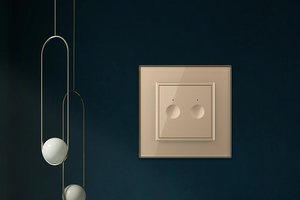Lighting is one of the most important aspects of interior design. It can change the mood of a room, highlight certain features, and create a warm and inviting atmosphere. With so many lighting options available, it can be overwhelming to choose the right one. In this article, we will explore 5 creative interior lighting techniques that will help you transform your home.
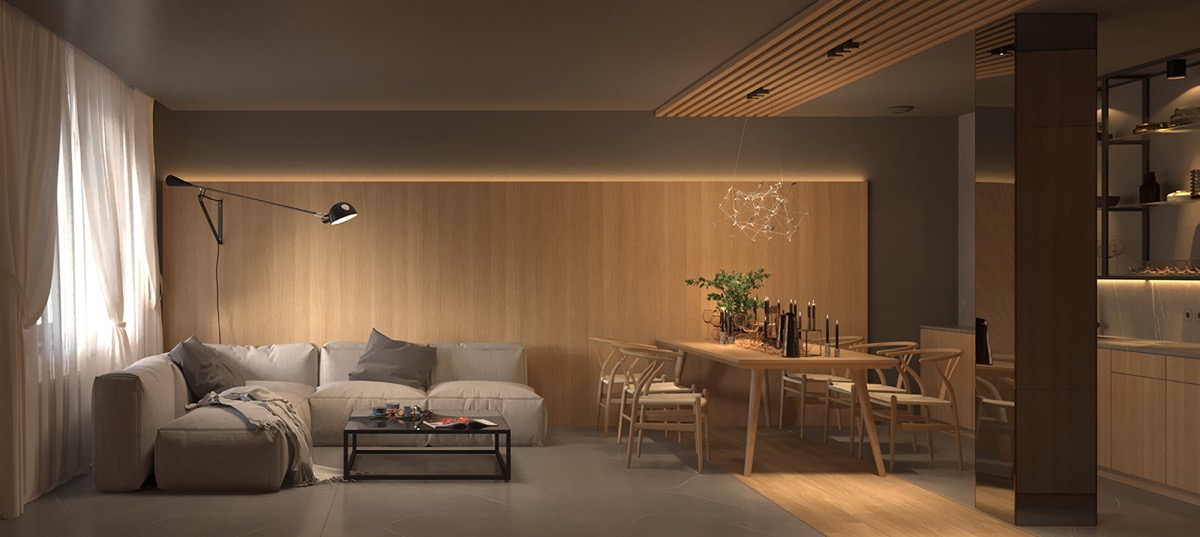
1. Layered Lighting
Layered lighting is a technique that involves using different types of lighting to create a balanced and harmonious effect. This technique is particularly useful in large rooms or open plan spaces. Start with a main source of light, such as a pendant or chandelier, and then add secondary sources, such as table lamps, floor lamps, or wall sconces. This will create depth and dimension, while also providing flexibility for different lighting needs throughout the day.
2. Accent Lighting
Accent lighting is used to highlight specific features or objects in a room, such as artwork, architectural details, or plants. This technique can be achieved through the use of spotlights, track lighting, or directional wall sconces. The key is to focus the light on the feature or object, while keeping the surrounding area relatively dim. This will create a dramatic effect and draw attention to the feature.
3. Task Lighting
Task lighting is designed to provide focused light for specific activities, such as reading, cooking, or working. This technique can be achieved through the use of table lamps, desk lamps, or under-cabinet lighting. The key is to position the light source directly above or beside the task area, without creating glare or shadows. This will improve visibility and reduce eye strain.
4. Ambient Lighting
Ambient lighting is used to create a general and comfortable level of illumination in a room. This technique can be achieved through the use of ceiling fixtures, wall sconces, or floor lamps. The key is to distribute the light evenly throughout the room, without creating harsh shadows or bright spots. This will create a warm and inviting atmosphere.
5. Color Temperature
Color temperature is an important consideration when choosing lighting for your home. It refers to the color of the light, which can range from warm (yellow) to cool (blue). Warm light is often used in living spaces, as it creates a cozy and intimate atmosphere. Cool light is often used in workspaces, as it provides a bright and stimulating environment. Consider the color temperature of your lighting when selecting bulbs, and experiment with different hues to achieve the desired effect.
In conclusion, lighting is an essential element in interior design, and can greatly enhance the look and feel of your home. By using these 5 creative interior lighting techniques, you can transform your space into a warm and inviting haven. Remember to consider the function of each room, and experiment with different lighting options until you find the perfect balance.



















































